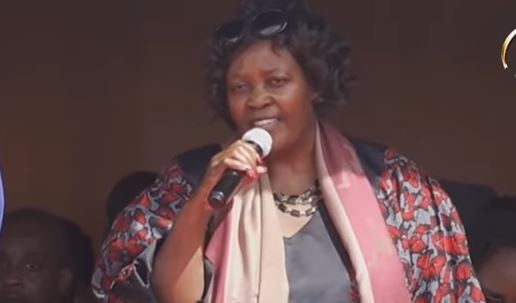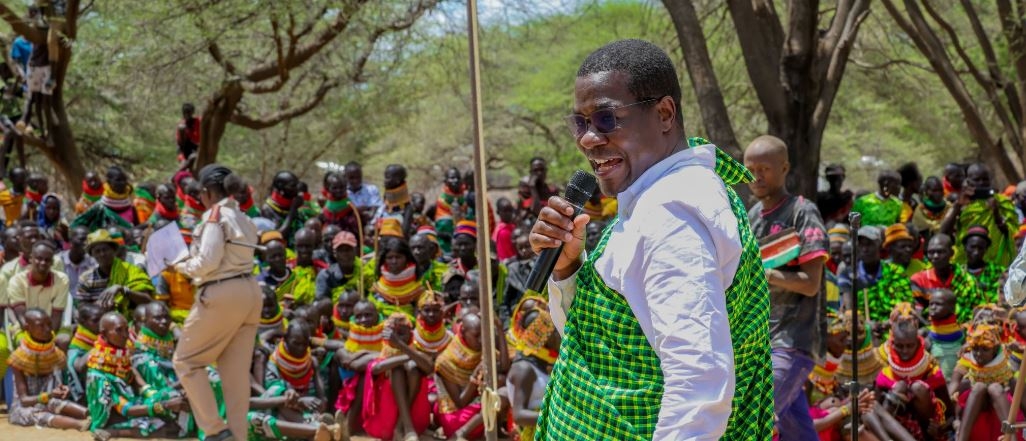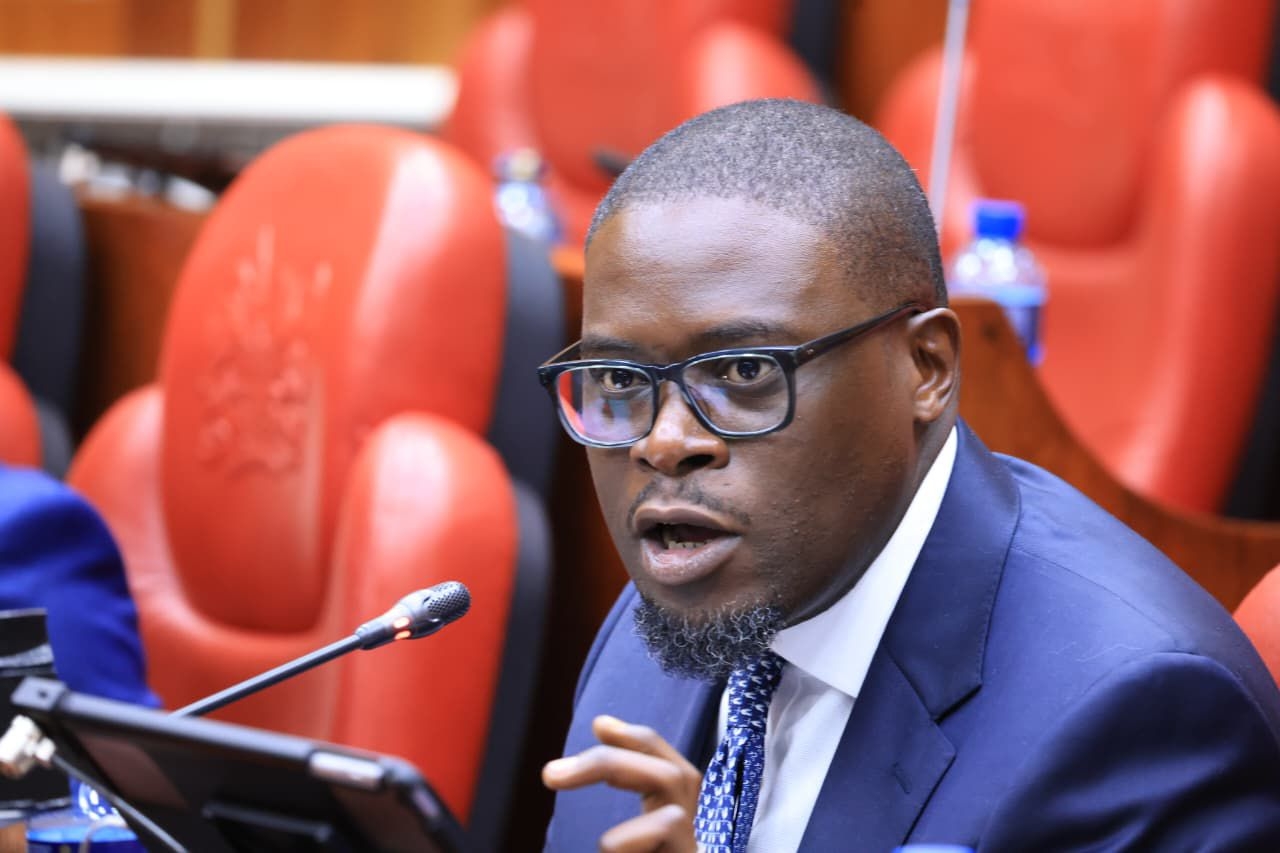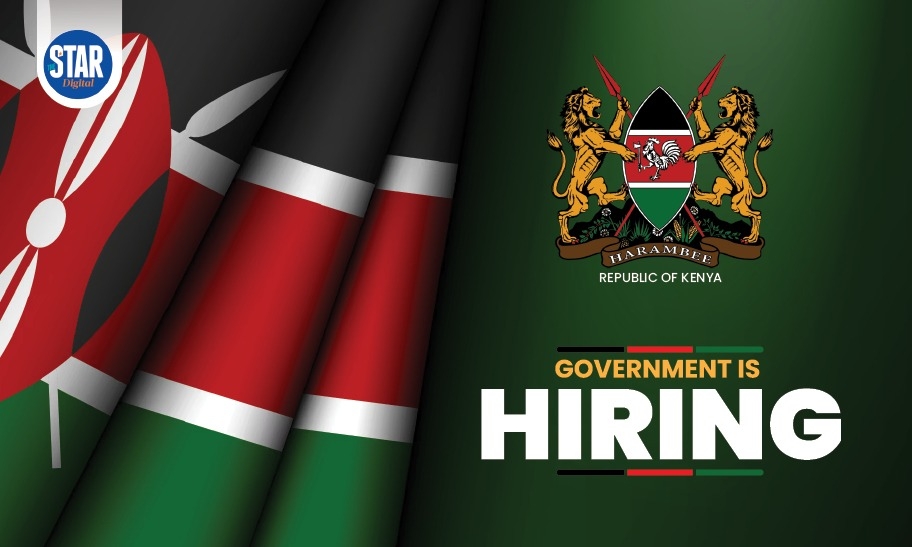From just making calls, to taking pictures and light browsing, to engaging in e-commerce transactions, to, recently, engaging in digital activism, the way Africans are engaging with their smartphones is fast evolving.
This is happening against the backdrop of a surge in smartphone use across the continent, according to three recent reports.
Three different reports show that the continent is witnessing a big shift to high speed, Internet-powered mobile devices that can take better photos and have huge storage capacities, driven by ‘a growing demand for digital services and social media engagement'.
International Data Corporation (IDC) shows that over the first three months of 2024, smartphone shipments in Africa surged by 17.9 per cent to reach 20.2 million units compared to the previous year, defying macroeconomic challenges and forex issues.
Over the same period, feature phone shipments declined 15.9 per cent to total 18.8 million units.
“This marks the first quarter where smartphone shipments have surpassed feature phone shipments in Africa, highlighting a clear transition toward smartphones across the region,” the IDC said in a statement.
The corporation says South Africa was the largest smartphone market in Africa, followed by Nigeria and Kenya respectively, fuelled by rising popularity and availability of competitively priced Chinese brands with advanced features.
Kenya’s communications regulator showed in its January to March report that 628,818 feature phones stopped being used as smartphones grew by 886,884 in the same period. As of March 2024, active feature phones stood at 31.2 million, down from 31.8 million registered in December 2023. The number of smartphones in use increased from 33.6 million to 34.5 million during the same period.
Another report by global technology market analyst firm, Canalys shows smartphone shipments recorded an annual growth of 24 per cent to reach 19.2 million units in Q4 2023.
During this quarter under review, South Africa, Nigeria and Egypt grew 15 per cent, 63 per cent and 63 per cent respectively, witnessing the largest smartphone shipment numbers on the continent.
This was catalysed by the introduction of more affordable smartphone options that are beginning to reduce ownership numbers of feature phones in these markets.
“The shift from feature phones to affordable smartphones in African markets reflects a strong consumer push for modernisation and improved connectivity, resulting in rising vendor-level activities in the entry-level segment,” said Canalys senior consultant in Dubai Manish Pravinkumar.
The significant rise of smartphones come at a time when South Africa experienced its first contested elections since the end of apartheid era. The ruling political party ANC lost its majority and was forced to form a coalition government with other parties to retain power.
The new political path has been partly attributed to a growing use of social media by other political parties to reach out to and promise young voters to lift them from poverty, bridge inequalities, address water, housing and electricity challenges.
Kenya has also lately gained attention in local and international media due to nationwide protests against a controversial Finance Bill that aimed to impose heavy taxes on its citizens.
The protests, led by young Kenyans from generation Z, used social media platforms such as X and TikTok to organise and coordinate their efforts seamlessly, creating an organic, grassroots movement.
Unlike previous protests, smartphones were widely used to document police brutality and track the progress of the protests as demonstrators fought for their rights across the country.
To sustain the momentum of offline protests, digital activists used platforms like TikTok and X to share videos in various Kenyan dialects, explaining the Finance Bill, crowdfund for transport fares for protesters and even create a 'wall of shame' of MPs supporting the punitive bill, including their contact information for protesters to call them out and expose their properties.
These activities piled pressure on the Kenyan government and ultimately led to the complete withdrawal of the bill and a raft of other proposals, including a review of government expenditures aimed at cutting down the wage bill.
In both countries, the digital landscape has become a battleground for political parties competing for attention and support through various online platforms to engage, persuade and mobilise voters.
All these activities are expected to continue significantly increasing social media usage in the country and sustaining the adoption of smartphones and drop of feature phones.
By close of 2024, IDC expects Africa's smartphone market to see shipments increase 5.7 per cent YoY, with a sustained upward trajectory for the next five years.
"This shift, coupled with rising demand, will be the key driver of overall growth in the smartphone market. Persistent inflationary pressures and escalating macroeconomic uncertainties may cause short-term fluctuations but will not impede the long-term transition," IDC research manager Akash Balachandran said.
According to data from Statista, the number of active social media users in South Africa surged to 26 million as of January 2024, a substantial increase from 9.8 million users in 2014.
In Kenya, the number of social media users stood at 13.05 million in January 2024. This marked a threefold increase from 2014, when the country had about 4.3 million users.














